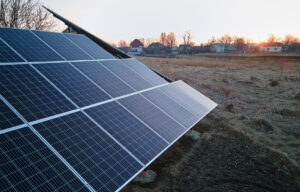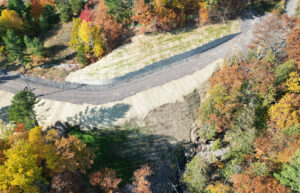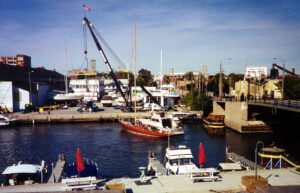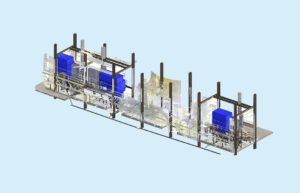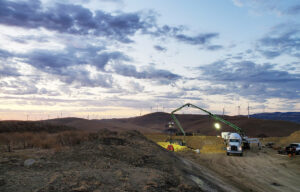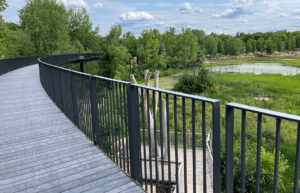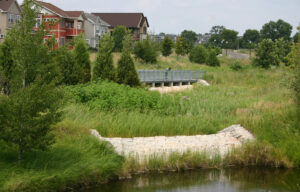
University flips the switch to “dark-sky-friendly” lighting plan
Most of us—an estimated 80% of the global population—fall asleep under a night sky that’s been altered by artificial light. Light pollution (excessive nighttime light) can lead to problems for both humans and wildlife by disrupting biological and ecological rhythms related to migration, reproduction, metabolism, sleep, and more. The good news is that light pollution can be prevented with informed decisions about the direction, intensity, and color of light so that it only shines where it’s needed.
Knowing this, Hamline University in St. Paul, Minnesota, sought a lighting master plan to update its aging outdoor fixtures and fragmented control system. Barr partnered with Hamline’s maintenance team as well as associate professor Paul Bogard, dark-sky preservation advocate, to envision campus lighting that balanced student needs for safety and access with Hamline’s sustainability goals of energy conservation, cost reduction, and environmental stewardship.
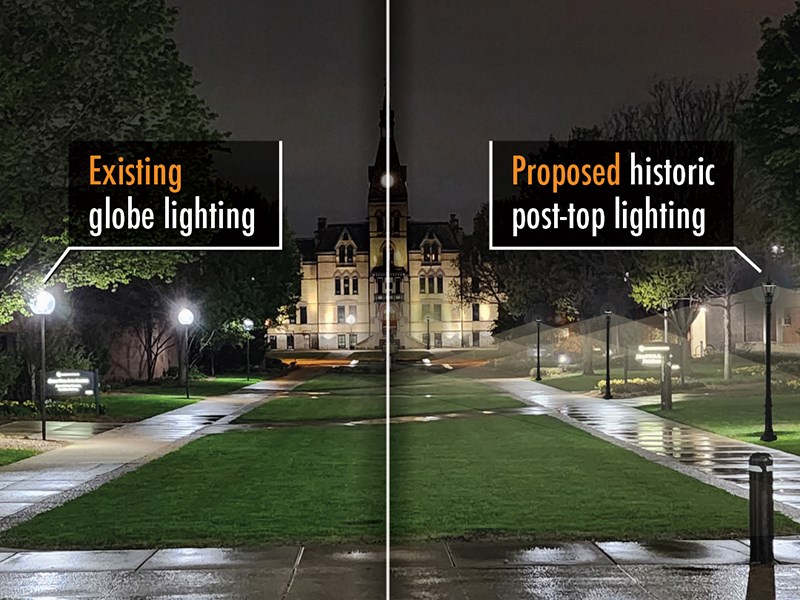
Barr worked with Hamline to select “dark-sky friendly” fixtures, based on International Dark Sky Association criteria, for every use of outdoor light. These historic-style LED fixtures cast warm-temperature light only where required with the intensity recommended by the Illuminating Engineering Society, enhancing night vision and reducing glare while complementing the university’s historic architecture.

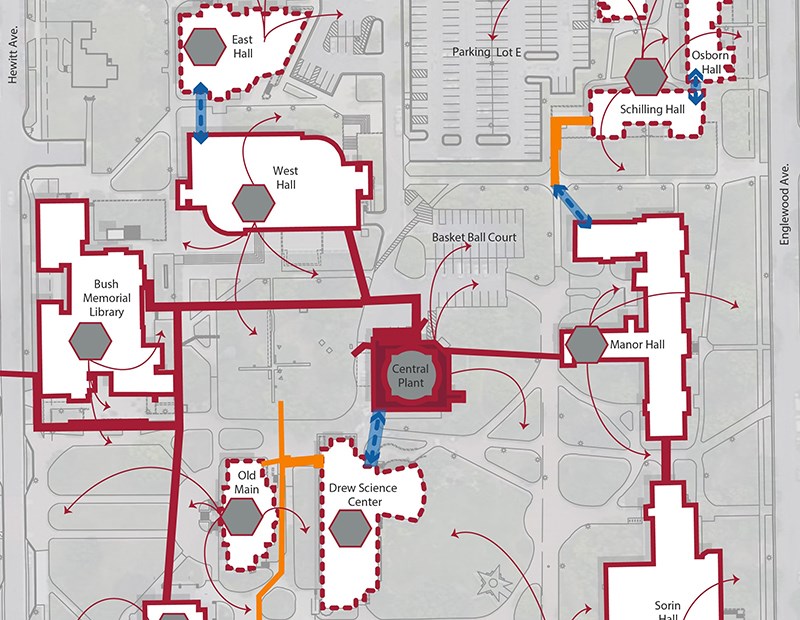
To help Hamline more effectively control campus light, Barr presented a conceptual design in the master plan for a new control system that operates all campus lights from a single location. Designed for minimal maintenance, the system would conserve light and energy through automated features, such as dimming based on the time of day. By integrating this “smart” infrastructure with energy-efficient LED fixtures and purposeful aesthetics, the master plan will help Hamline continue to enable everything from evening sports events to all-night study sessions while minimizing its impact on our night sky.
For more information regarding Barr’s outdoor lighting design and planning services, contact our team.
About the authors
Andrea Wedul, senior landscape architect, has nearly two decades of experience as a landscape architect in both the public and private sectors. She helps clients develop complex sustainable strategies to effectively use, manage, and restore their sites. Her areas of expertise include green infrastructure design and modeling; institutional site design; commercial and educational campus design and master planning; ultra-urban site and landscape design; and recreational planning and design for trails, parks, and open space systems.
Mark Ziemer, senior electrical engineer, has more than three decades of electrical and lighting design experience specializing in power, signal, lighting, and control systems. Registered as a Professional Engineer in several states, his degree is in Architectural Engineering with an emphasis in lighting and electrical design. He has worked on projects for industrial, commercial, retail, and municipal clients, with experience in lighting both interior and exterior spaces.



